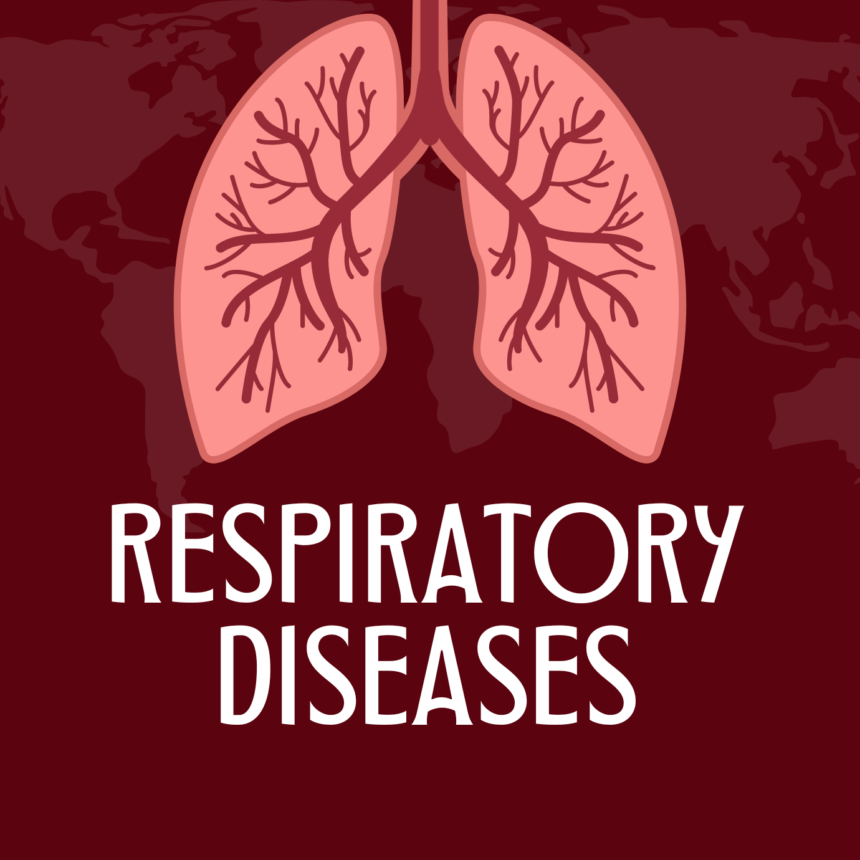Interstitial lung disease (ILD) refers to a group of more than 200 chronic lung disorders that affect the interstitium, the tissue that surrounds and supports the air sacs (alveoli) in the lungs. These disorders cause inflammation and scarring, which can make it difficult for the lungs to function properly. Here’s what you need to know about ILD.
Causes:
ILD has various causes, including:
- Idiopathic: In many cases, the exact cause of ILD is unknown, and it’s termed idiopathic pulmonary fibrosis (IPF).
- Exposure: Prolonged exposure to occupational or environmental hazards, such as asbestos, dust, or mold, can lead to ILD.
- Connective Tissue Diseases: ILD can be associated with autoimmune diseases like rheumatoid arthritis and scleroderma.
- Medications: Certain medications, such as some chemotherapy drugs and heart medications, can cause ILD as a side effect.
- Infections: Some infections, like pneumonia or tuberculosis, can trigger ILD.
Common Symptoms:
Symptoms of ILD can vary depending on the specific type and its severity but may include:
- Shortness of Breath: Gradual onset of breathlessness, especially during physical activity.
- Dry Cough: A persistent cough that doesn’t produce mucus.
- Fatigue: Feeling tired all the time.
- Chest Pain: Discomfort or pain in the chest.
- Clubbing of Fingers: Enlarged fingertips due to decreased oxygen levels.
Diagnosis:
Diagnosing ILD often involves:
- Medical History: Discussing your symptoms and any known exposures or underlying conditions.
- Imaging: Chest X-rays and high-resolution CT scans to view lung tissue.
- Pulmonary Function Tests: Measuring lung capacity and function.
- Biopsy: In some cases, a small lung tissue sample may be taken for examination.
Treatment:
The treatment approach depends on the specific type and severity of ILD but may involve:
- Medications: Corticosteroids and immunosuppressants can reduce inflammation.
- Oxygen Therapy: Providing supplemental oxygen when blood oxygen levels are low.
- Pulmonary Rehabilitation: Exercise and education programs to improve lung function and quality of life.
- Lung Transplant: In severe cases, a lung transplant may be necessary.
Prevention:
Preventing ILD involves avoiding known risk factors, such as asbestos exposure and smoking. Early detection and prompt treatment of lung infections can also help reduce the risk of ILD.
It’s important to remember that ILD is a complex group of disorders, and each case is unique. If you or a loved one is experiencing symptoms or has been diagnosed with ILD, consult with a healthcare provider who specializes in lung diseases for a comprehensive evaluation and personalized treatment plan. Early intervention and proper management can help improve the prognosis and quality of life for those with ILD.



